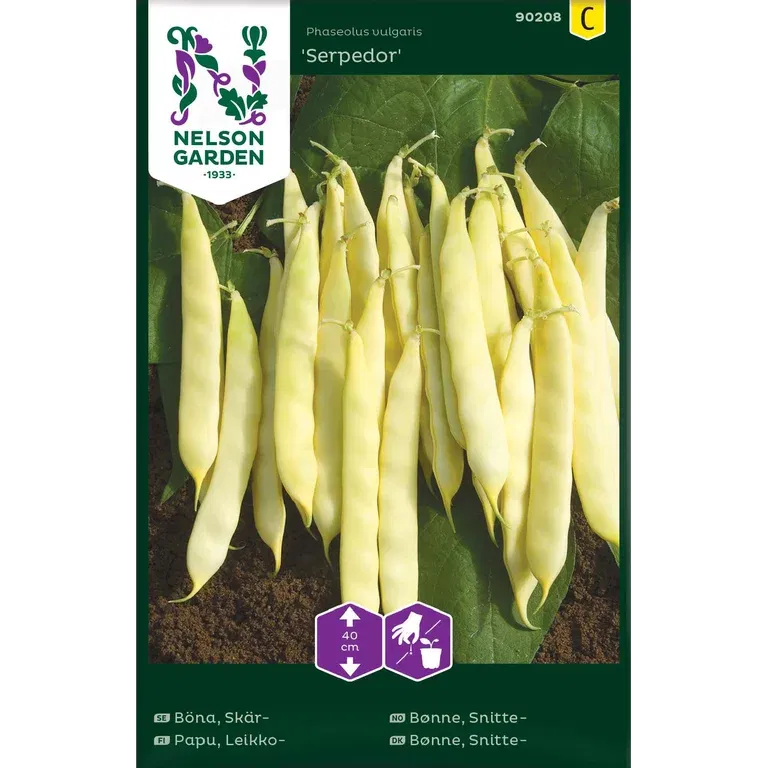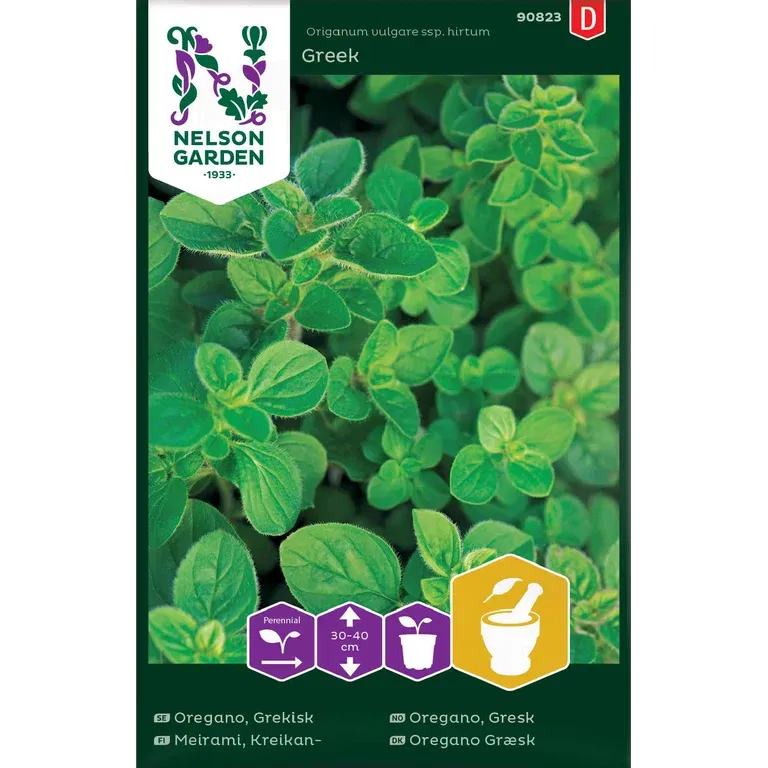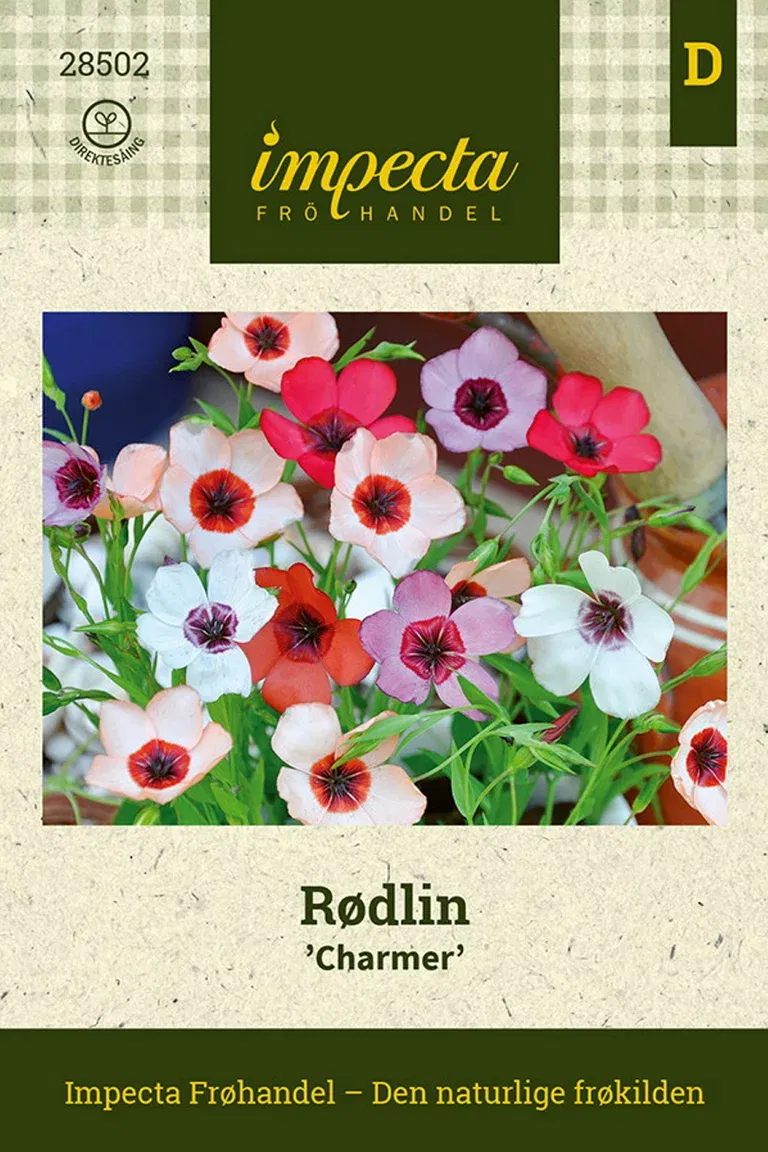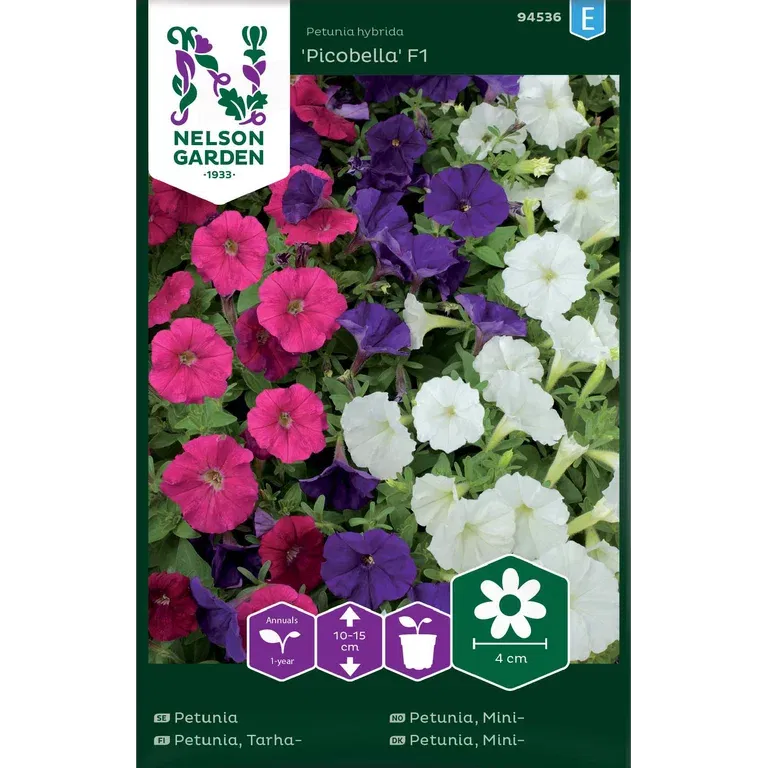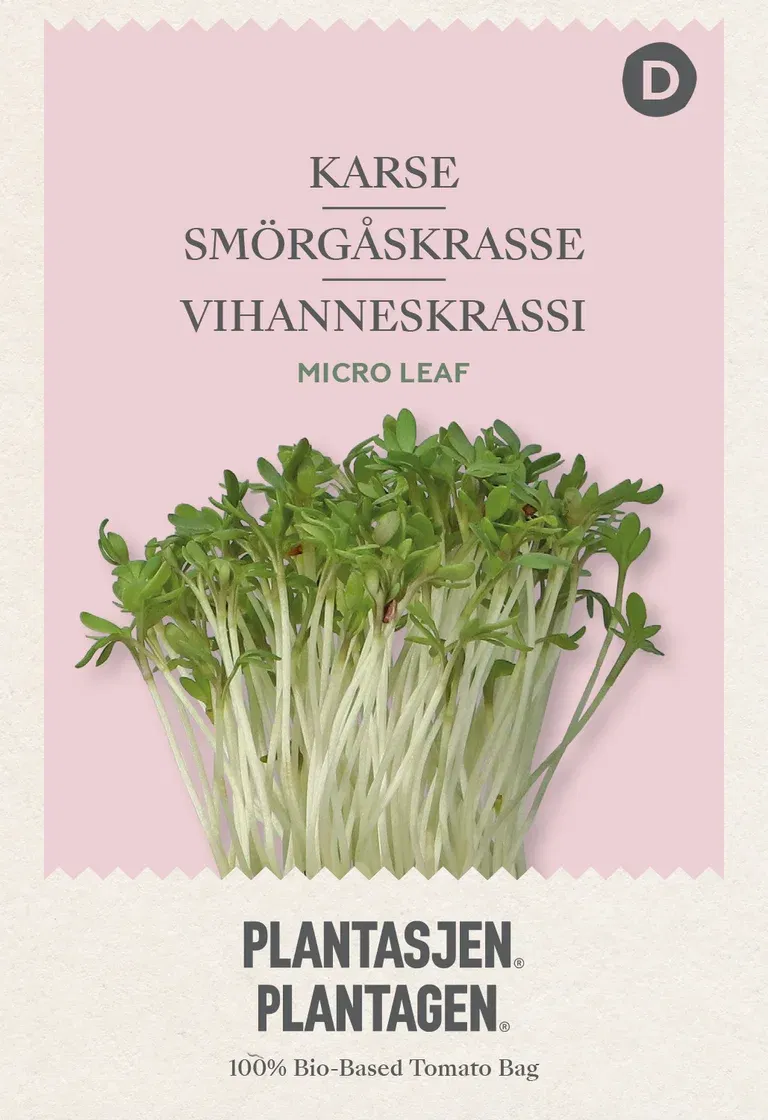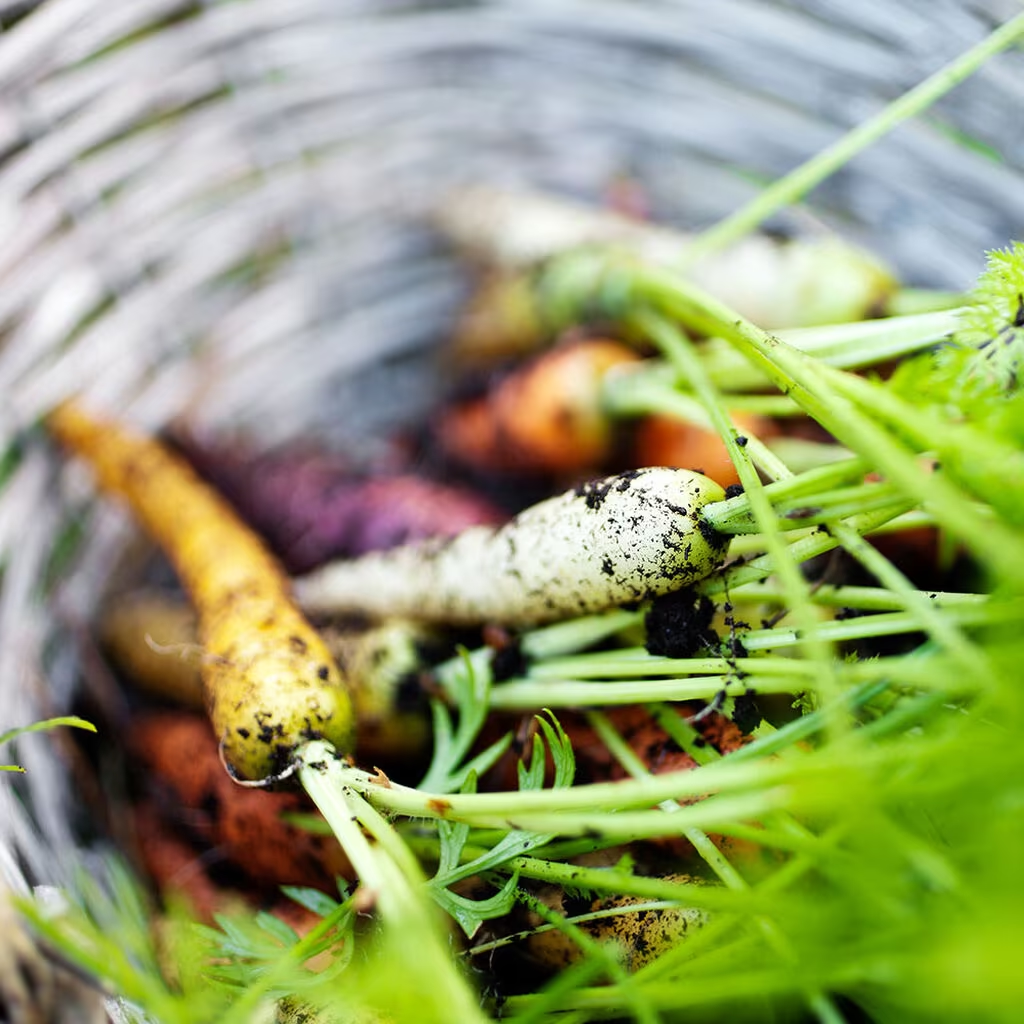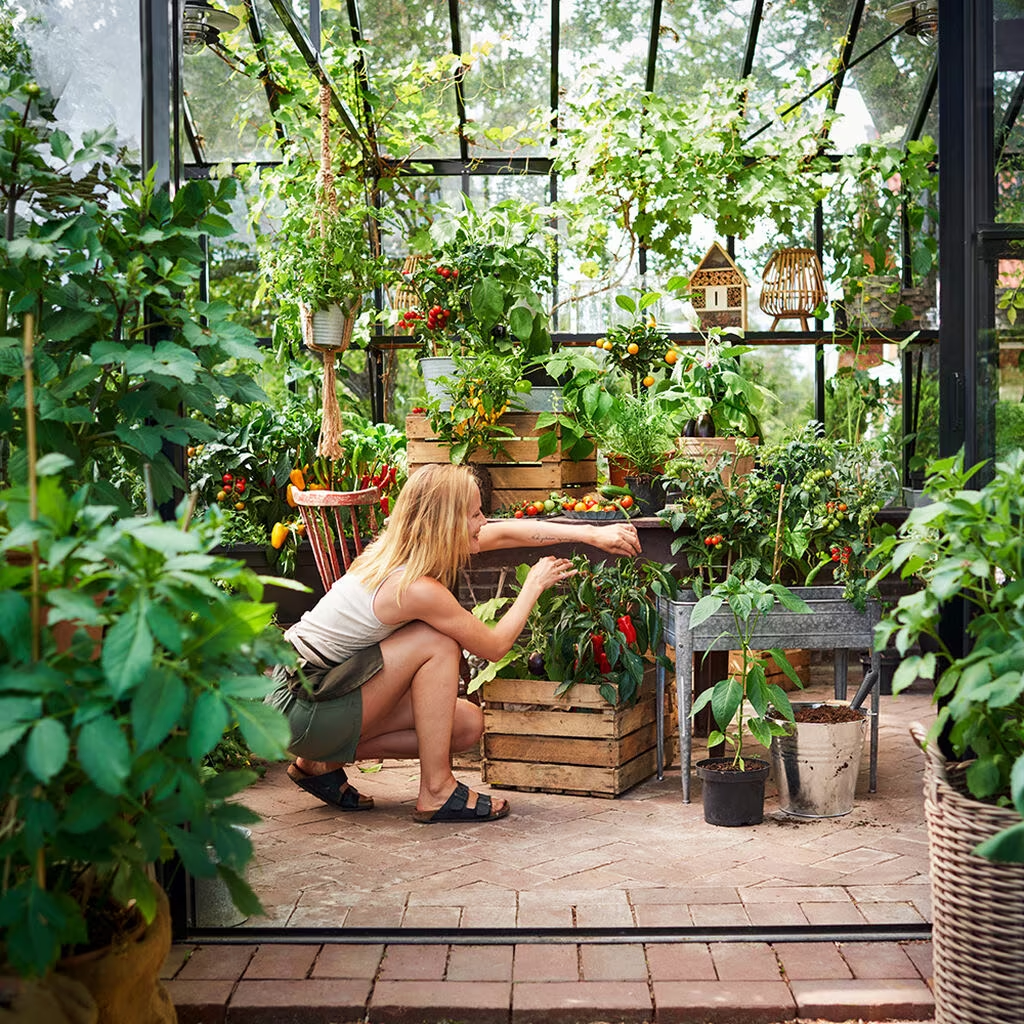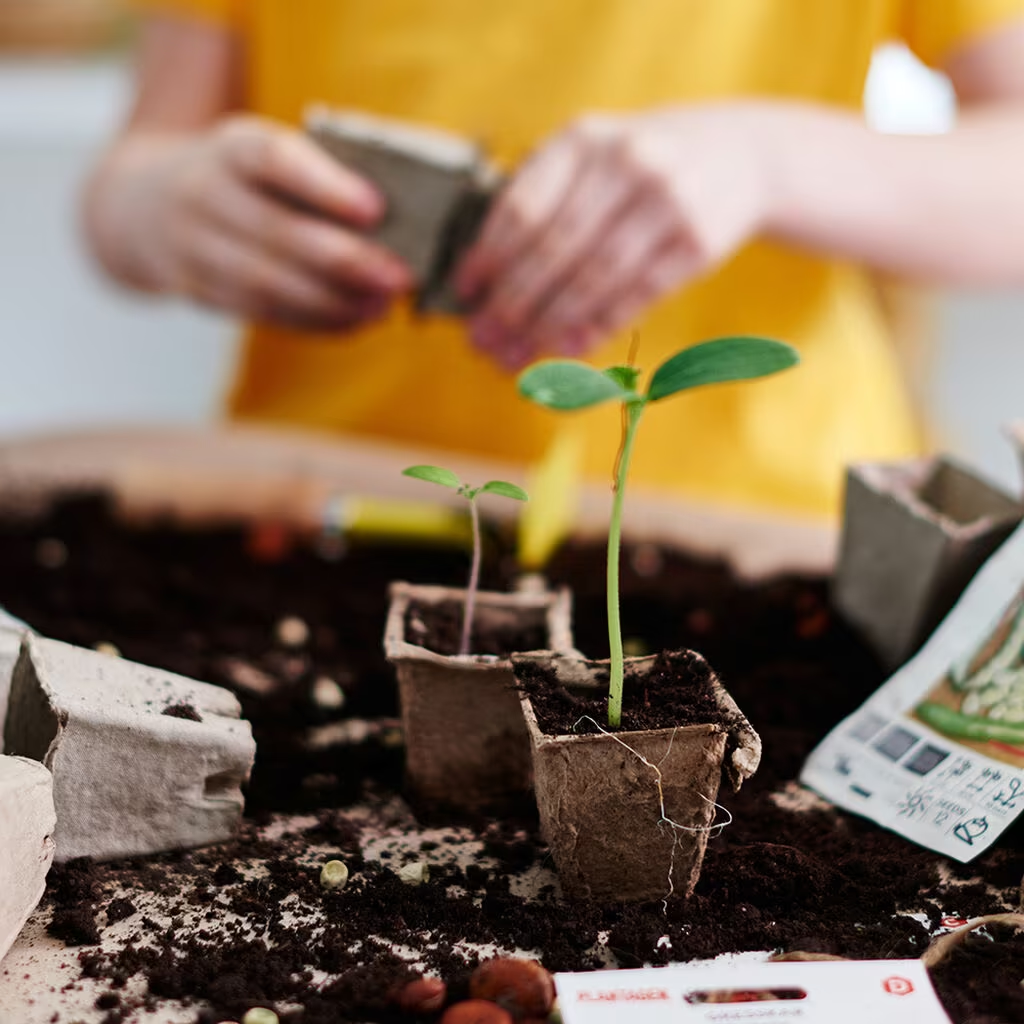This is how you get difficult seeds to germinate.
Some seeds may be more difficult to germinate than others. Some may need to be cooled for a period, soaked or even lightly filed with a nail file before they sprout. Here are the tips you need to succeed with even the most stubborn seeds.



